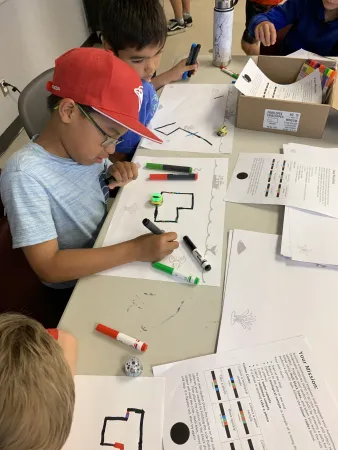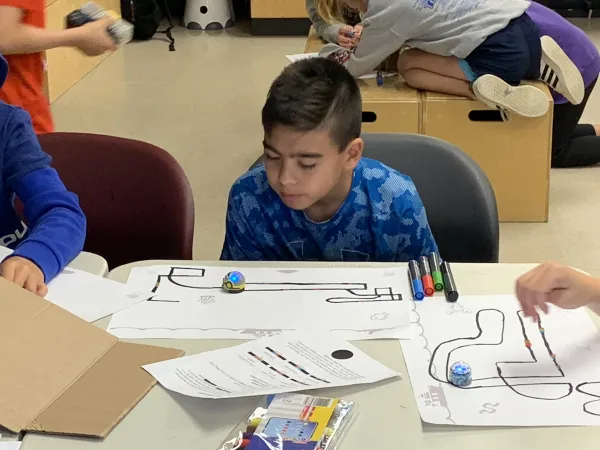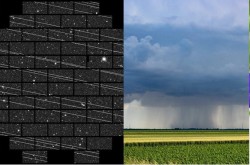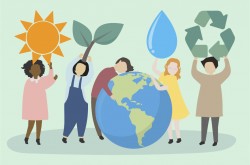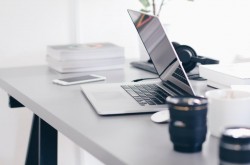Want to explore the deep sea? The secret is robots!!
Pitch darkness, near freezing temperatures, horrifyingly scary see-through monsters, and the weight of a couple hundred elephants crushing you to death. The bottom of the ocean is not exactly an easy place for humans to explore. But that doesn’t mean that we can just ignore the depths! The ocean is one of the final frontiers of exploration on Earth, and robots are the key to exploring and preserving it.
Exploring the ocean depths
For two weeks in July 2019, the Department of Fisheries and Oceans, the Nuu-Chah-Nulth Nations, and other partner organizations will be uncovering the mysteries of Canada’s largest underwater volcano: the Explorer seamount.
Between July 19 and 28, the Pacific Seamounts Expedition team will be using a drop camera called BOOTS (the Bathyal Ocean Observation and Televideo System) which will collect biological, chemical, and geological data as it traverses this gigantic underwater mountain and its diverse ecosystems.
At the Canada Museum of Science and Technology, children attending the Robo-Lab summer camp are also tackling the challenges of deep sea exploration head on by programming their own deep sea robotic explorers using Ozobots.

Ozobot!
Robo-Lab and Ozobots
So, just what are Ozobots? Ozobots are small robots that are a great way to learn how to code. The robots follow lines and interpret messages you leave for them using colored markers. Certain color combinations cause certain behaviors, like zigzagging or spinning. And, for the purpose of deep sea exploration, those behaviors simulate deep sea robot actions, such as collecting water samples or taking photos of sea monsters.
The ocean explorers’ mission
Presented with a vast ocean (a legal sized piece of paper) full of marine creatures, the intrepid explorers must program their autonomous underwater vehicles (or AUVs) to navigate the depths while collecting scientific data including biological samples (making a zigzag) or a sediment sample (spinning).
Linking the present to the future
Given another ten years, some of these junior programmers might be contributing to ocean exploration missions like the 2019 Pacific Seamounts Expedition. In order to connect the current and future ocean explorers, the children of the Robo-Lab will have the opportunity to video call the scientists and engineers on ship during the 2019 Pacific Seamounts Expedition. The young explorers will be interacting with live data from the ocean depths (via live-stream) sharing their own experiences operating a ‘deep-sea’ robot, and asking questions about marine science, robotics, and the challenges of exploration. It is a great opportunity for them to see how the skills they are developing can be scaled up and applied in the real world. Who knows, with their new-found programming expertise, they may even be able to make a suggestion or two to the expedition team!

Pacific Seamounts 2019
Interested in finding out more?
The Pacific Seamount Expedition info and livestream: https://dfo-mpo.gc.ca/science/atsea-enmer/missions/2019/seamounts-sousmarins-eng.html
Ozobots: https://ozobot.com/
Ozobot lesson library: https://portal.ozobot.com/lessons
Ingenium summer camps: https://ingeniumcanada.org/summer-camps-2019#CSTM-camps
Canada Science and Technology Robo-Lab summer camp: https://ingeniumcanada.org/summer-camps/robo-lab-camp
Canada Science and Technology Robo-Lab Junior summer camp: https://ingeniumcanada.org/summer-camps/robo-lab-junior-camp

The end










